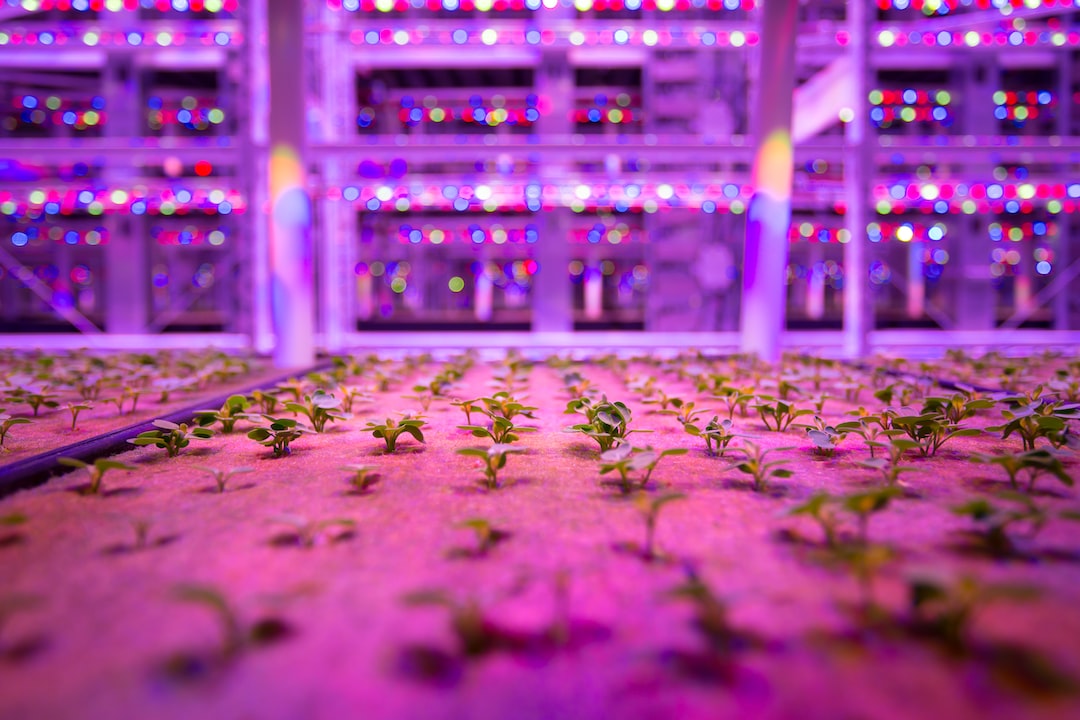The Rise of 3D Printing in Manufacturing Processes
Over the years, we have witnessed significant advancements in technology that have revolutionized various industries. One such technology that has gained immense popularity in recent years is 3D printing. Also known as additive manufacturing, 3D printing is changing the face of traditional manufacturing processes. With its endless possibilities, it has disrupted industries like healthcare, automotive, aerospace, and many more.
In simple terms, 3D printing is a process of creating three-dimensional objects by layering materials on top of each other based on a digital design. This groundbreaking technology has brought about a paradigm shift in manufacturing, as it offers numerous benefits over traditional methods.
One of the most notable advantages of 3D printing is its ability to produce complex designs with intricate details. Unlike conventional subtractive manufacturing methods where excess material is removed to achieve the desired shape, 3D printing builds objects layer by layer. This allows manufacturers to create parts that were previously impossible to manufacture, giving rise to innovative designs and improved functionalities. This has made it particularly beneficial in industries like aerospace, where complex geometries and lightweight structures are essential.
Moreover, 3D printing reduces the need for assembly and simplifies the production process. With traditional manufacturing methods, the production of complex parts often requires multiple components to be made separately and assembled later. This can be time-consuming and costly. However, 3D printing enables the creation of fully functional parts in a single print, eliminating the need for additional assembly. This not only saves time and money but also reduces the risk of assembly errors.
Another significant advantage of 3D printing is its cost-effectiveness, especially for small production runs or prototype development. Traditional manufacturing processes often involve high setup costs and minimum order quantities, making it impractical for small-scale productions. On the other hand, 3D printing allows for on-demand manufacturing, enabling companies to produce smaller quantities at a significantly lower cost. This makes it a perfect solution for startups or businesses looking to test their products before investing in mass production.
Furthermore, 3D printing offers greater design flexibility and customization. With traditional manufacturing methods, mass production often limits design options as molds or tooling needs to be created. However, 3D printing eliminates this constraint, allowing manufacturers to easily modify designs and produce unique, customized products. This has opened up opportunities across various industries, including healthcare, where personalized medical devices and implants can be easily manufactured.
The rise of 3D printing in manufacturing has not only transformed industries but has also had a positive impact on sustainability. Traditional manufacturing often generates a significant amount of waste, as excess material is discarded during the production process. In contrast, 3D printing only uses the necessary amount of material, minimizing waste and reducing the environmental footprint. Additionally, 3D printing reduces transportation needs as parts can be manufactured locally, reducing carbon emissions associated with long-distance shipping.
In conclusion, the rise of 3D printing has revolutionized manufacturing processes. Its ability to create complex designs, streamline production, reduce costs, and offer customization has made it an ideal solution for industries across the board. As the technology continues to advance, we can expect even greater possibilities and applications in the future. The era of 3D printing is here, and it is undoubtedly shaping the way we manufacture products.

